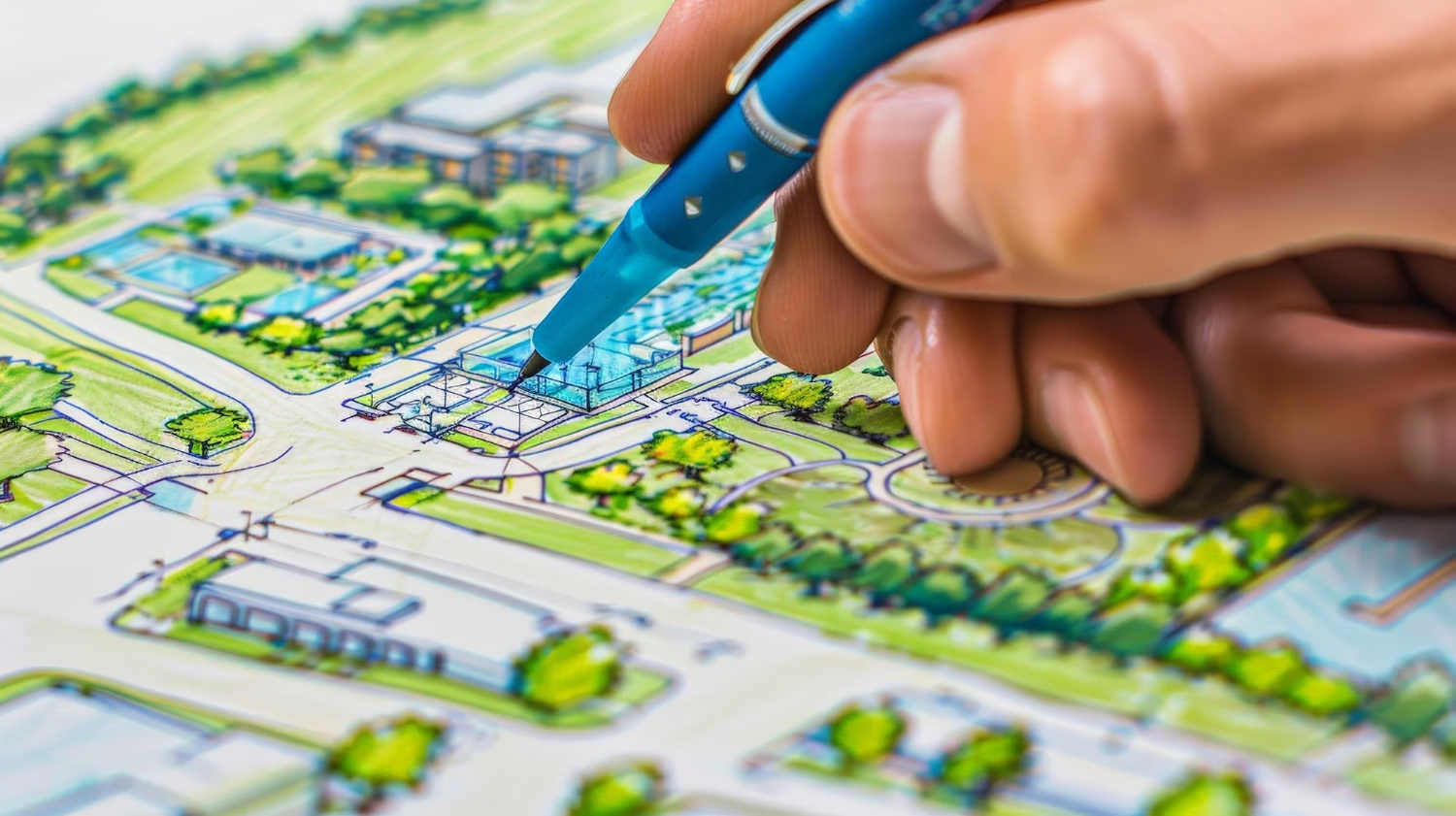Faced with the challenges of ecological transition and urban attractiveness, local authorities have a growing need to objectify their decisions. However, if there is one data that is still too often absent from planning, it is that of the actual use of public spaces.

Faced with the challenges of ecological transition and urban attractiveness, local authorities have a growing need to objectify their decisions. However, if there is one data that is still too often absent from planning, it is that of Actual attendance public spaces.
And yet: better understand who uses the premises, when and how, it is the key to better adapt, maintain and revitalize them. Especially in medium-sized city centers, today in search of a new lease of life.
Pedestrianization, greening, redevelopment of squares or installation of street furniture: these investments must respond to real uses, not to hypotheses.
Do we know how many people actually frequent a pedestrian street? During what time slots? How many cyclists are using a new track? Which public spaces are underused, and which are saturated? Without these answers, urban planning remains blind — and projects risk missing the mark.
However, revitalizing city centers — a major objective of local and European investment plans — involves creating desired, functional and living spaces. It starts with Knowledge of flows.
The count should be reliable, repeatable and privacy-friendly. At the European level, the requirements for data protection (RGPD) are strong, and the pressure is growing to ban intrusive systems based on the capture of images or Bluetooth signals.
That is why Kiomda has developed a patented system : an autonomous sensor, without work, without cameras or personal data, capable of differentiating pedestrians, cyclists and vehicles with great precision.
All delivered with a simple and clear platform, designed to help communities manage development and management policies based on facts.
Sustainable urban planning cannot do without attendance data. At a time when city centers are seeking to regain vitality, when cycling is becoming a structuring issue and where every square meter of public space counts, Measuring flows is becoming a political as well as a technical act.
At Kiomda, we support communities every day in this transition. For cities that are more lively, better shared — and finally designed based on uses.